About
Before 2020, America was already in a housing crisis. The Covid-19 pandemic, high unemployment, and a recession have only made things worse. A record level of evictions have created record levels of homelessness at a time when public health demands that as many people as possible stay home. What is to be done? In this episode, housing activists from Philadelphia share their experiences and insights from a long history of organizing that recently resulted in a landmark agreement with the Philadelphia Housing Authority. Laura also interviews Philadelphia-based author, professor and New Yorker magazine contributor Keeanga-Yamahtta Taylor. Her 2019 book Race for Profit: How Banks and the Real Estate Industry Undermined Black Homeownership was a finalist for the 2020 Pulitzer Prize.
In This Episode
- Keeanga-Yamahtta Taylor, Assistant Professor, African-American Studies, Princeton University, Activist and Author. Her new book, “Race for Profit: How Banks and the Real Estate Industry Undermined Black Home Ownership” was a 2020 Pulitzer Prize finalist.
- Ruth Birchett, Long time Philadelphia Resident and housing advocate. Former shelter director, Committee for Dignity and Fairness for the Homeless Shelter Inc, and Founder at Heritage Community Economic Development Corporation.
- Sterling Johnson, Organizer, Black and Brown Workers Cooperative
- Jennifer Bennetch, Founder, OccupyPHA
- Gerald Williams-Bey, Activist, North Philadelphia Resident
- Scout Gilson, Camp Teddy Resident
Subscribe to our podcast and become a Patreon partner here for exclusive content and uncut interviews, including this episode’s Uncut Interview with Princeton Professor and author Keeanga-Yamahtta Taylor.
Where to Watch
You can watch this episode on your local WORLD channel at 11:30 am ET on Sunday, February 7, or on your local PBS station.
Click here to search all airing times near you.
Or
Click here to watch online on YouTube. The episode will be made available at 11:30 am ET on Sunday, February 7.
Listen
Transcript
– We are in an acute housing crisis where you have mass unemployment, millions being pushed into poverty, millions facing eviction and at the same time, millions of empty properties where either public officials or developers, are just waiting to turn a profit. All of the ingredients for both a confrontation occupation, in the name of actually being able to provide people decent places to live is on the table.
– Still coming up on the Laura Flanders Show, the place where the people are saying it can’t be done, take a backseat to the people who are doing it. Welcome. Homelessness and eviction are no laughing matter for millions of Americans, especially black and brown and female Americans. And if the crisis was bad before 2020, COVID-19 and the pandemic recession pushed tens of thousands of more people over the edge. Philadelphia is one of the oldest cities in the US it’s where Benjamin Franklin resided, the Constitution was drafted and where the Liberty Bell was cracked. Today with a gutted industrial base and a high rate of poverty, Philadelphia has also been described as the poorest large city in the US. Since the mortgage crisis of 2008, the city government and the Philadelphia Housing Authority, or PHA, along with private developers have injected huge amounts of capital into economically devastated parts of the city. In theory, this may sound good, but the all too common reality of urban renewal projects is that the pursuit of profit pushes out local people after they’ve weathered decades of urban neglect. Working class residents, most of whom are black, get priced out, evicted or removed through eminent domain to make way for new condos, higher rents, and even dog hotels. In Philadelphia, unhoused people are demanding the right to live in the city’s empty and defunct public housing units of which there are many. Today we explore their movement and their victories, and we ask, what would it look like for us to treat housing as a human right?
– We started it in relation to the George Floyd protests that were happening. The city had just had to apologize for gassing people, tear gassing people that were on the 676 Highway in Philadelphia. They seemed at a weak point. And it seemed as if this was the moment to really challenge them on what they were going to do for black people. For the people that are coming out of jail, the people that are aging out of foster care, for the women and children that have been evicted. We have one of the highest rate of evictions of people in the city.
– Eminent domain married with council mandated prerogative has created a scenario where mass blocks of land have been conveyed to developers and to the Philadelphia Housing Authority for the building of properties that is taking away from the Housing Authority’s mission of affordable housing.
– It’s not that there hasn’t been a rich history of activism here, but it’s been more through legislation, going to DC, going to Harrisburg, fighting, lobbying to get things. And this is just, all right, the regular channels aren’t working. There’s so many homeless people out here, like me, we’re homeless. I can’t get housing. So we’ll set up an encampment. We’ll give them the resources they need to survive. And we will hold out until they give us housing. We know which houses they have vacant in this area, especially, we know which houses are livable. We’ll sit there until they give us to them.
– We’ll see from the camps shortly, but first to get a better understanding of the underpinnings of the national and local housing dynamics, we’ll talk with Princeton Professor and author Keeanga-Yamata Taylor. Her new book, “Race for Profit: How Banks and the Real Estate Industry Undermined Black Home Ownership” was a 2020 Pulitzer Prize finalist. Housing lives at the nexus of so many power relations and so many critical problems in our society, from healthcare to safety, to environment, to democracy. Can you describe the situation that we currently face nationally and there in Philadelphia?
– There has been a consistent shortage of safe, sound and affordable housing in the United States over the entirety of the 20th century and now into the 21st century. And this is by design. If we think about the way that our government has left the production and development of housing almost exclusively to the private sector. And so why is there no affordable housing because it’s not profitable? It’s that simple. And you can see it in terms of the building priorities and cities across this country. In Philly the main housing that is being built are million dollar condos. That’s the housing that is being built, because that is where the profit is.
– This didn’t come from nowhere. Black homelessness, houselessness was engineered. You say black home ownership was undermined. How?
– This is the long history of African-American experience, moving from a mostly rural population to an urban population. When the federal government begins to take new policy initiatives, they call on the private sector for its, quote unquote, “expertise”. Well, in the real estate industry, this expertise had everything to do with how to segregate African-Americans, for whom it had determined, had a deleterious impact on property values. But those practices, which began very early in the 20th century are then used to influence policy making decisions about where black people should live and should black people have access to the same kinds of programs that really created a middle-class white population in the US after world war II, where white GIs, and ordinary white people in general were given access to government-backed home loans that allowed them to purchase houses in suburban areas that became, of course, the cornerstone to the American dream. Black people were excluded from this endeavor really until the 1960s and the urban rebellions forced the federal government to relent and finally create home ownership programs that were directed at them.
– Because you’ve written that racism and racist practices have been used as a kind of crowbar in America to destroy the welfare system for everybody, the social safety net, really society, for everybody. And another aspect of what we’re seeing on the housing front is the move to sell off public housing. Maybe it’s been given a bad name through the racist descriptions that you described, and the policies and practices carried out by government. But at this point, it’s then used as a reason to get rid of it, let it deteriorate and sell it off. That was what was in the works in Philadelphia, has been in the works for a long time. What happened?
– This is a really insidious practice that happens in cities across the country, where you have public housing authorities, organizations that are established by the federal government, whose purpose is to actually provide housing to low income and poor families. Well, they find themselves in the position of lording over public housing properties, so properties that are owned by housing authorities. And instead of rehabilitating these properties, instead of fixing them and housing people who need them, instead, a lot of these housing authorities are waiting to what we would describe as the peak of the market to then flip the houses to developers for profit. And so in Philly this was certainly the plans of the public housing authority. They intended, they still intend to sell a portion of their portfolio even as we have 5,000 homeless people in the city of Philadelphia, we certainly, with the eviction crisis looming, will see those numbers rise, but instead of finding security in housing for people, the public housing authority is moving in the opposite direction.
– Drug violence and city neglect has left huge tracts of North Philly uninhabitable. It’s the frontline of a struggle between long-term residents, real estate companies and the Philadelphia Housing Authority, the owner of thousands of buildings, many of which are empty and abandoned in the area. To see some of this firsthand, we took a ride with Gerald Bey, a lifelong resident.
– I mean, I seen good times, but like, you know, we’ve been living in poverty, but we never knew we was living in poverty until the rich people came. Down here, like a lot of these houses which PHA, gonna put a new development right there, right here, a little bit of a new development coming right here. New development right there. This is the thing that’s crazy right here. They took people’s land, like for example, this Chinese store was seized eminent domain. It don’t make sense how they done it. Like they jumped from side to side, like, and over here, they didn’t seize none of this, but everything right here, they seized these couple of lots. They seize it by eminent domain, but it’s probably development going on on this land. The guy just got shot in the head here at this Poppy Store right here. Sunday night, somebody shot him in his head. He survived though, which is good news. Anytime you see boarded up project, buildings is bad. When I was a kid, I came here. This was the place where they told you don’t come. But this would be the place where a lot of love was at. Forget all the rules, empty houses. Right here, right? You would see, I wanted to show you how the houses are starting to look a little better. You know what I mean? Oh yeah. Check it out. Swank. Nice. Around about 2100, 1700 to start something like that. Probably got a couple of affordable ones in here. You know how they do it? You could say, I grew up in this area too. This is the neighborhood I always been running around. But the thing about this area, mostly all the people that was living around here is gone, only very few are still here. Very shift, very shift.
– For decades the slow bleed of North Philadelphia has pushed people out of homes and neighborhoods leaving abandoned buildings and communities in its wake. Much of this was accelerated in the 1980s as the Reagan administration slashed budgets for public social welfare programs in favor of privatization and profits. Millions were dislocated across the country. Not surprisingly, those hard times catalyzed new creative models of organizing and survival in the vacuum of city and federal support. We visited Ruth Birchett. A long time resident and housing advocate who’s remained rooted in the neighborhood. She recounts the earlier pioneering housing struggles of the 1980s that remain relevant today.
– So the Dignity Movement evolved out of the Committee for Dignity or Fairness for the Homeless Shelter, which was created by Chris Frow and Ronald Darnaby and other homeless people. Leona Smith was a part of that as well and these were leaders in the homeless network that were successful with challenging the City of Philadelphia at the time. And even getting a consent decree so that homeless people could vote. They said that, “We can do a better job.” And they created the nation’s first homeless shelter ran by and for homeless people. But these homeless people, speaking for themselves, planning for themselves, negotiating for themselves, became such a demand, that the National Union of the Homeless was evolved out of that and was created right there at that shelter as well. What I’ve seen change is the reduction of affordable housing. 30 years ago we never imagined that our efforts would be met with that being an obstacle. To me Camp Teddy is an act of reclamation. Reclaiming our land here in North Philadelphia because it is inexcusable for the City of Philadelphia, for the council person to have gone along with a plan to build a $45 million headquarters for PHA. The president of city council, Darrell Clarke, calls this an anchor for North Philadelphia. I take issue with that. As a long-term lifelong resident of North Philadelphia, I am an anchor of North Philadelphia. These families who have survived the worst days in this community, we are anchors of North Philadelphia, not some mega entity, such as the Philadelphia Housing Authority that has staged a hostile takeover of our community.
– In 2020 houseless folks and organizers set up two encampments, informally known as Camp JDT and Camp Teddy. One in an affluent area of downtown, one on the doorsteps of the new Philadelphia Housing Authority. Their aim was to direct public attention to the plight of the thousands of people living in the city’s streets during a pandemic. Backed up by widespread community support, a visible, safer space was established for Philadelphia’s houseless community. We talked with Sterling Johnson, a local organizer at Camp JDT.
– Here at Von Colln Memorial Field. Von Colln Memorial Field is in between the art museum and the city hall of Philadelphia. It’s there on purpose. They went from about five tents to 50 to a 100 in a few days. Now they’ve taken us a little more seriously. At this time we’re really talking about them offering 50 permanent houses, which is not enough, definitely not enough to help all the people here, but that’s a lot better than what they were doing before. They also saw that we weren’t going to stop no matter what happens here. This is a community that takes care of each other. They continue to talk about things like sanitation. We say, well, the CDC requirement, the Center for Disease Control, the United States of America says that you should be supporting encampments. It doesn’t say that you should be clearing them. Also, if you’re worried about COVID, if you say that this is a COVID risk, how about you provide that technical assistance to help us make this place better? Right? I’m not sure how clearing an encampment, having police come in, having outreach workers, steal people’s stuff, which is not constitutional. It would just really be cruel to take like the last goods of people that are unhoused, and then put them in your trash trucks. I don’t understand how that improves the public health of all the people in Philadelphia. And they’ll say things like, well, there’s drugs being used there. There are drugs being used a lot of places in our city. A lot of places that you don’t actually go either, right? You only care about this because we happen to be in front of these spaces that costs $5,000 a month. That’s why you care. There are many, many, many reasons that they say we should be closed down. And I feel like there’s an answer for all of them and why we should be here. And black people have a right to be in this nation.
– The plain sight juxtaposition of hundreds of unhoused folks camped out in some of the more affluent areas of the city, increased pressure on the city government and housing officials to come to the table. The solution to housing many of the city’s houseless revolves around what happens with the Philadelphia Housing Authority’s empty housing inventory when there’s a multi-year waiting list. A few miles from camp JDT residents at camp Teddy brought public attention and pressure to the doorstep of the PHA by occupying the adjacent empty lot, site of a proposed multimillion dollar development of primarily market rate housing.
– I’m Jennifer Bennett. I’m the founder of Occupy PHA and a member of Philadelphia Housing Action, which is the coalition between the Philly housing takeovers, and the Philly homeless encampment. Call this Camp Teddy. Just a homeless encampment. It’s a protest, it’s on Ridge Avenue in North Philadelphia, underneath of PHA’s $45 million headquarters. The housing authority has thousands of boarded up vacant homes that just sit for years. And in a lot of places, even of the big cities, the public housing is just the big complexes. But here in Philly, we have what are called scattered sites, which are just regular row homes in neighborhoods. So there might be three homeowners and then a PHA unit and then a private renter, and then a PHA unit, just on a regular block. Two of us organizers were being contacted by mothers that were being denied space in the shelter because it was full. And we collectively we’re like, wait, Jen has this list of all these vacant PHA houses. And we started assessing those units to see if there were any that didn’t need much repair, a lot of them just need the cosmetic things, paint. Some of them just needed to be cleaned up or have the old tenants things removed. And they were sitting empty for years. So we started talking to the people who didn’t have anywhere to take their children and couldn’t find a space in a shelter and like kind of explained the risks. But for some of them, they were I’m going to lose my children and be alone on the street. So they were willing to take the risk of basically what they call squatting in PHA units. So when we started doing it, we had a clear goal of having those parents be able to stay in the homes that they were in, and we weren’t quite sure what route we wanted to demand, but we wanted to somehow demand that these vacant homes be put back into the affordable housing stock and not auctioned off to private developers. And so we started the encampments in June and we put the demand for the city to convey, for the housing authority to convey 500 properties into a community land trust that would be ran by the organizers and the residents of the encampments, like a board that would consist of homeless people or the mothers in houses. Like usually you’ll see an encampment that’s just homeless people, or you’ll see activists occupying a space, but this is different because it’s an encampment that was formed with the full intention of being a protest. And it was formed in coalition with activists and the homeless population. So there’s way more energy here than a lot of things I’ve ever been to regarding housing because it’s the people that are actually affected. It’s the people that are in this fight with us as the organizers, their lives really depend on the end result of this.
– In October residents voluntarily vacated both encampments after months of occupation and the city government and Philadelphia Housing Authority negotiated a settlement with the organizers and residents of the camps. Over 50 units of public housing were opened up providing immediate housing for some of the oldest and most vulnerable at the encampments. Mothers who’d been squatting in some of the thousands of empty public housing units were allowed to legally inhabit them and were rejoined by their children. While this is only a small step in addressing the housing crisis, it was an important precedent setting victory for those involved. Many of the promised houses still need extensive work, and it remains to be seen how the city and PHA help facilitate refurbishment and how they’ll honor agreements and work with those who are still houseless to ensure that people have the option of living indoors. The length and the specificity of the organizing in Philadelphia has given some people pause as they consider whether the model here is replicable, but you’ve said, no what’s happening here is strategically well, it’s strategically something that could be generalized across the country. In what aspects, what are the parts that you think are most important to lift up and perhaps to consider for the people where they live?
– Well, I think probably the main thing is that this kind of housing owned by public housing authorities, that they are just sitting on, exists in many cities across the country. And so I think that that model of taking over and occupying that space can exist everywhere in this country. I think what is important to say about how to go about doing that has to do with the level of organizing organizations that have been involved in local housing struggles over period of time, who know literally the physical terrain of the city and where the housing is located and available, but also most importantly, how do you call upon, how do you utilize your networks to call upon people to do eviction defense when the city inevitably tries to move in and take those properties. And that was part of the genius of the Philadelphia action was on three separate occasions, for some strange reason the City of Philadelphia would announce publicly that they were going to make an effort to evict the encampments. And that just became an organizing call for activists across the city to show up, to put pressure on the city, but to really defend the encampments from being evicted. And so I think that that kind of potential exists everywhere. And there’s a kind of informal network of eviction defense tenant-rights organizations forming across the country so that people are in touch with each other. But I think as long as we are in what I would describe as an acute housing crisis, where you have mass unemployment, where you have people, millions of people being pushed into poverty, millions of people experiencing the anxiety of housing insecurity, millions of people facing eviction. And at the same time, millions of empty properties where either public officials or developers are just waiting to turn a profit on these properties, that all of the ingredients for both a confrontation, and occupation of these properties in the name of actually being able to provide people decent places to live is on the table.
– Will Philadelphia’s housing movement prove to be replicable in other towns and cities across the US? One thing is certain, the established routes provided by the system are inadequate and alternative ways of obtaining housing are necessary. If we were able to imagine housing as a human right, particularly in one of the most affluent countries in the world, what could we do to help bring about just and universal access to it? Podcast, visit our website@lauraflanders.org and follow us on social media @BLFshow.
Accessibility
The Laura Flanders Show is committed to making our programming, website and social media as accessible as possible to everyone, including those with visual, hearing, cognitive and motor impairments. We’re constantly working towards improving the accessibility of our content to ensure we provide equal access to all. If you would like to request accessibility-related assistance, report any accessibility problems, or request any information in accessible alternative formats, please contact us.

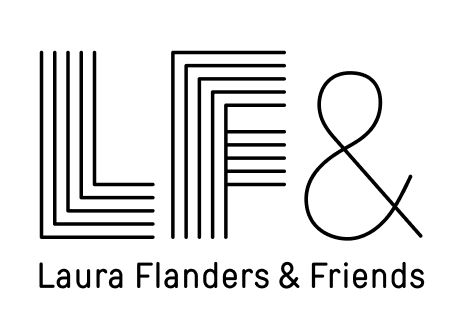
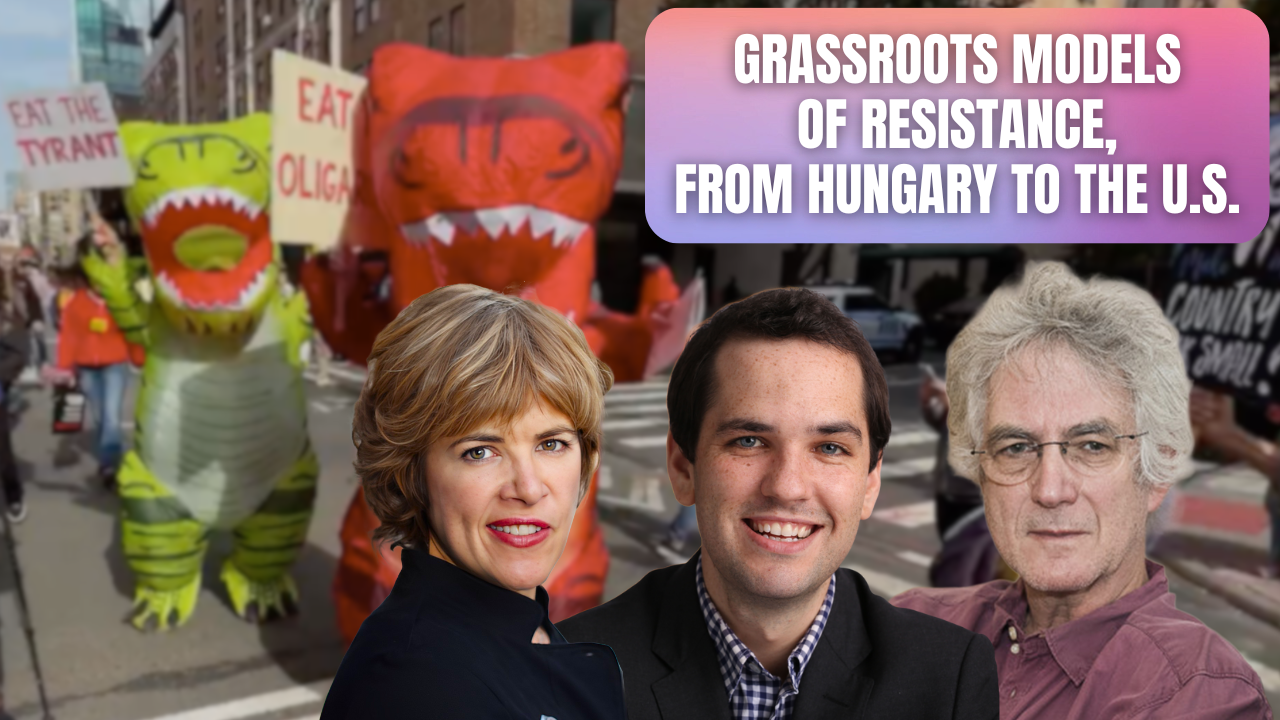


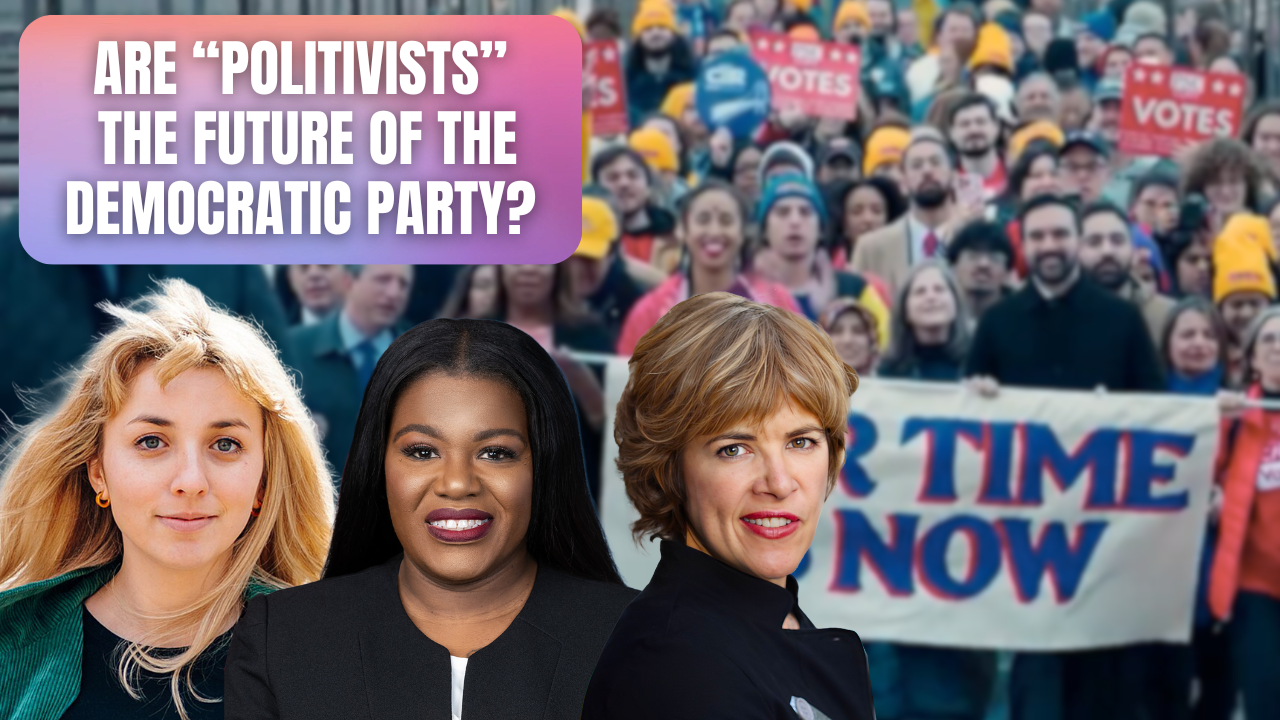
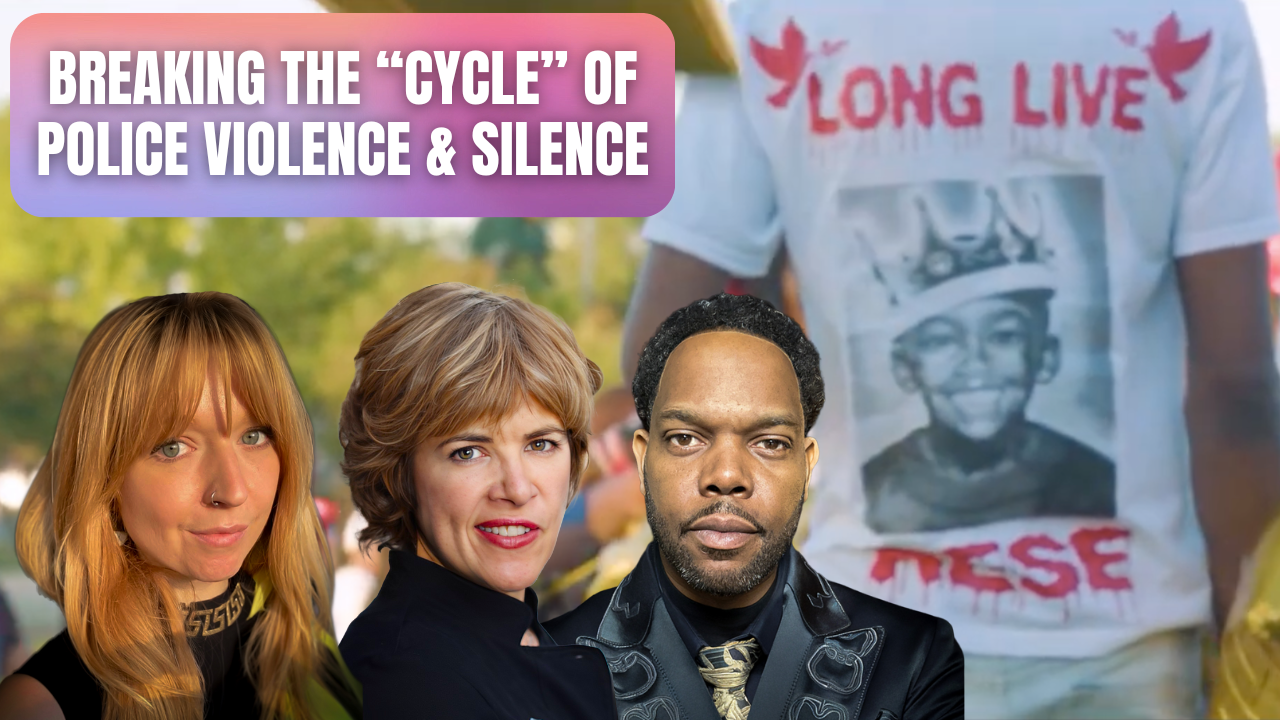
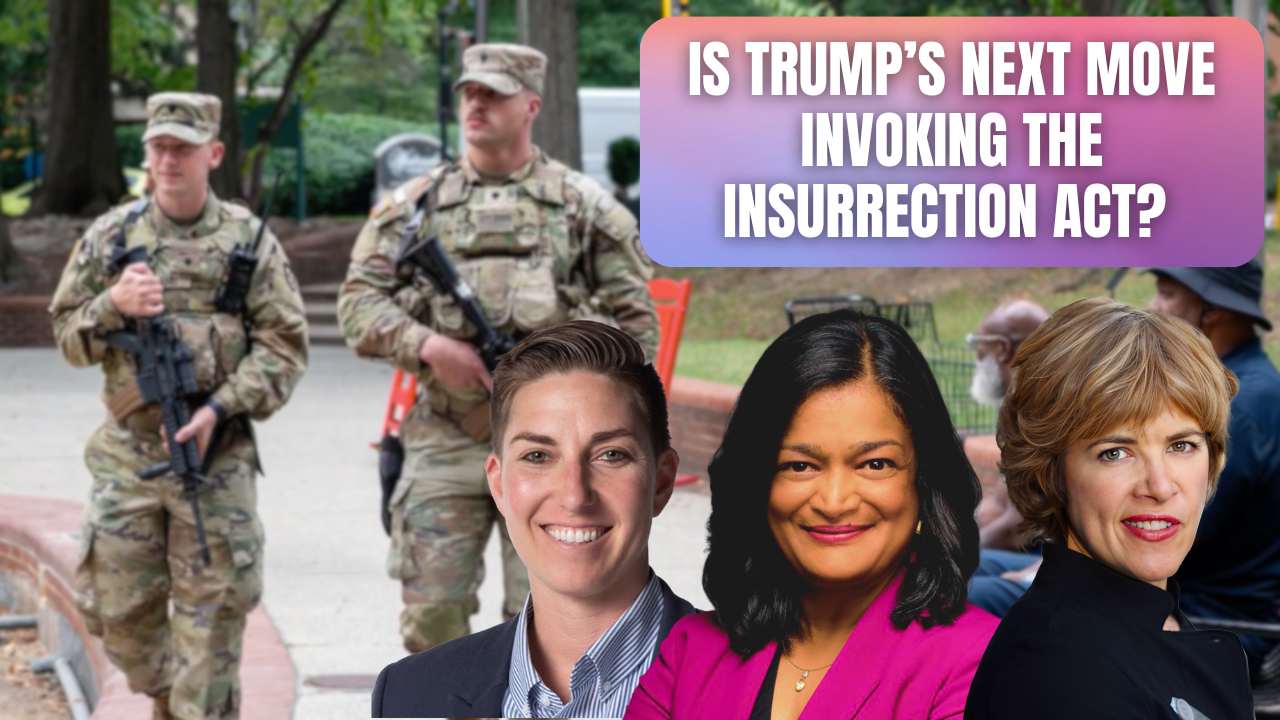
Leave a Reply